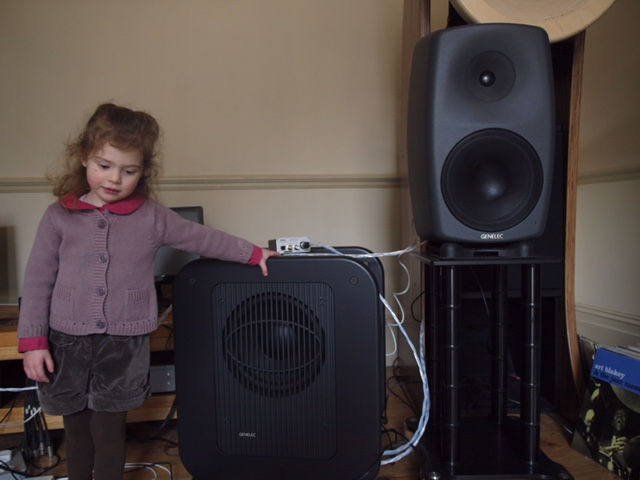Loudspeakers the good the bad and the Ugly!
- Keith Cooper

- Nov 15, 2023
- 2 min read
In the previous articles we discussed some of the elements that are necessary for transparent loudspeakers, remembering that a loudspeaker is a transducer ( changing one form of energy into another) the more accurate the conversion the more transparent the conversion.
I mentioned the standardised CEA-2034 'Spinorama' set of measurements.
Spinorama.org has gathered together all the 'spin' measurements currently available and is worth perusing. https://www.spinorama.org/
Lets look at a few loudspeaker measurements and try to determine thesound of the loudspeaker from its measurement characteristics.

The above plot is a small relatively inexpensive ( value judgements are of course intensely personal ) stand mount loudspeaker, plots courtesy of HI-Fi News and Record Review.
This plot shows the on-axis response of the speaker, the port ( bass reflex design) and the mid drivers response have been summed, red and black are the left and right channels ( two speakers measured ) the blue line is with the speakers grill on.
So what can we learn, X axis along the bottom is frequency, Y ( vertical ) sound pressure level SPL in decibels dB.
We can see straight away that the speakers bass response starts to roll-off starting at around 120Hz and falls away steeply thereafter, so this speaker will need the addition of a sub woofer if you want to hear everything on the record.
We can see that unfortunately the two loudspeaker tested were not accurately matched
the right (red) speaker is some 1.5dB quieter in that 2kHz-8kHz region.
We can also see that the overall response rises towards the treble, loudspeakers with a rising treble can sound extremely resolving in short term demonstrations, but too much treble quickly becomes tiring.
The current consensus is that the in-room response of the loudspeaker should be a gently downward sloping response, falling 1dB per octave ( an octave is a doubling of frequency 200-400Hz for example) so perhaps a 10dB reduction from 20Hz to 20kHz.

The above loudspeaker could hardly be more different a large three way design and extremely expensive, this particular manufacturer historically manufactured monitors with an extremely flat response they were truly excellent but I suppose this rising response suits their current customer demographic.
The FR is very uneven a depression between 200- 1kHz, a dip at around 600kHz followed by a rising treble. We can forget about the segment coloured in pink as that is above the threshold of human hearing 20Hz-20kHz
From the left again we can see there is decent bass extension the speakers f3 ( the point at which the speakers Fr drops by 3dB) is at around 40-45Hz.
Next time we will examine some really fine measuring designs and have a look at the other parameters that determine good loudspeaker design.



Comments